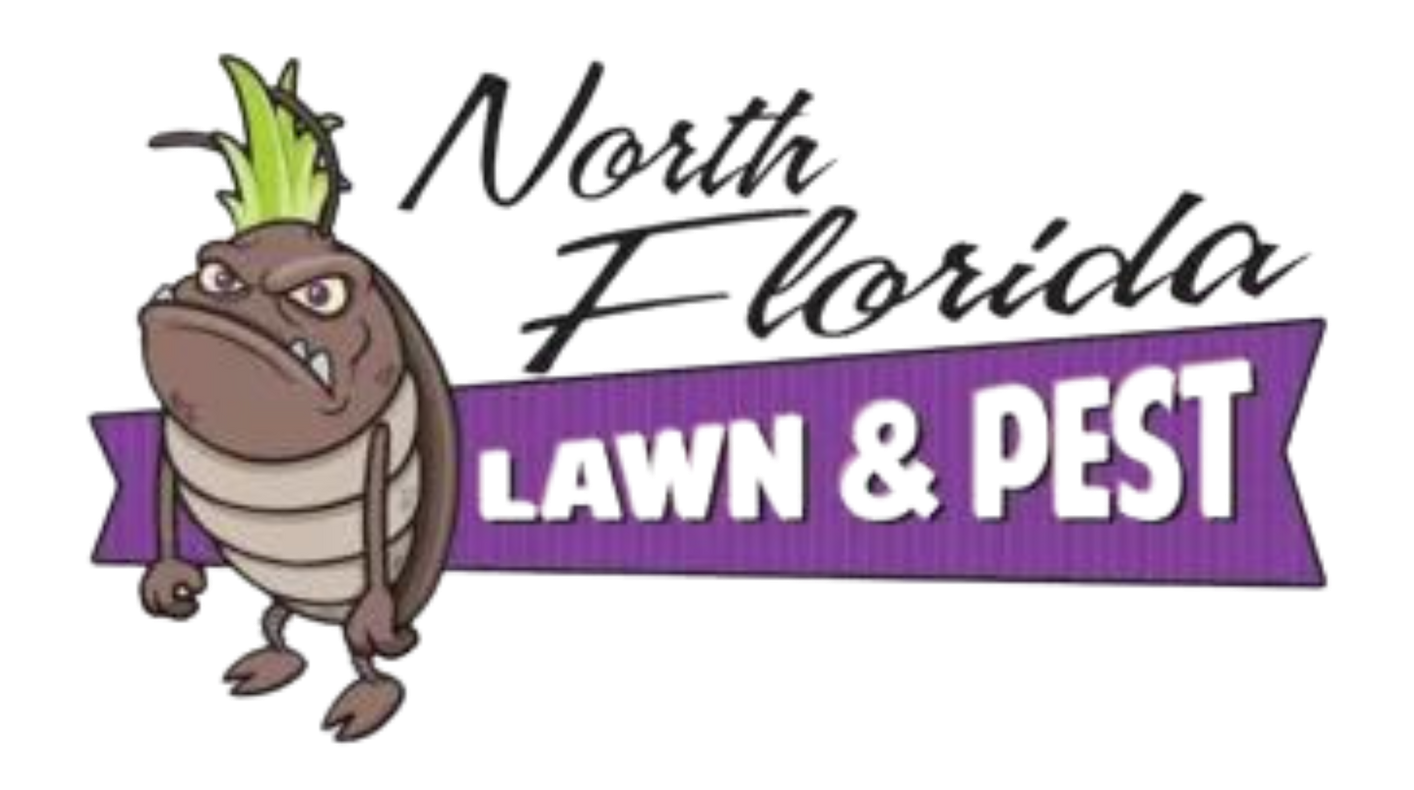Why Is There a Sudden Appearance of Large Flies In My Home?
Why Flies Suddenly Appear in Your Home
If you're suddenly noticing large flies inside your home, it's more than just an inconvenience—it could be a health risk. Flies can contaminate food and surfaces, and understanding what attracts them can help prevent future infestations. This guide breaks down why flies invade homes and how you can tackle the problem. If you find the issue escalating, consider reaching out to a professional pest company like St. Augustine Pest Control By NFLP.
Common Fly Traits
Flies belong to the insect order Diptera, known for their single pair of wings. The most common types of flies that find their way into homes include house flies, fruit flies, drain flies, and cluster flies. Each of these species has its own behavior patterns and preferred environments.
Why Flies Invade
Flies are opportunistic and are always on the lookout for food and breeding grounds. House flies are commonly attracted to decaying organic material, including trash or pet waste. Fruit flies gravitate toward overripe or fermenting fruits and vegetables, while drain flies prefer damp environments such as clogged drains. Cluster flies, unlike others, lay their eggs in the soil and use earthworms as food for their larvae, later seeking out indoor spaces to hibernate during cooler months.
If the fly situation becomes hard to handle, don't hesitate to contact a professional pest control company to ensure your home is pest-free.

Typical Causes For Fly Infestations
If flies are making an unwelcome appearance in your house, it's likely due to a few key factors that make your home an attractive place for them. Understanding what’s bringing them in can help you keep them out. Let’s look at the main reasons flies might be setting up shop inside your home and some steps you can take to stop them. If the issue persists, St. Augustine Pest Control By NFLP is always ready to assist.
Rotting Organic Materials
Flies are drawn to decaying organic matter like rotting food, garbage, or pet waste. These environments offer both food and breeding grounds for flies. Once they lay eggs, a fly infestation can grow rapidly, with newly hatched flies adding to the problem.
Warm Temperatures
Flies flourish in warmer weather, and temperatures above 75 degrees Fahrenheit speed up their breeding cycle. If parts of your home—such as kitchens, bathrooms, or laundry rooms—are warm and humid, flies may see these areas as ideal for laying eggs and reproducing.
Gaps and Cracks in Your Home
Flies can easily enter through small gaps around windows, doors, and in the foundation of your home. Cluster flies, in particular, like to enter through tiny cracks and often overwinter in attics or wall cavities, becoming active when the weather warms up.
Types of Flies You Might Encounter
- House Flies: These common pests are drawn to garbage and decaying organic matter. They can quickly reproduce, with females laying hundreds of eggs in moist environments.
- Cluster Flies: Cluster flies are slower than house flies and tend to gather near windows. They often enter homes through small crevices to hibernate and emerge when the temperature rises.
- Blow Flies:
Larger and often metallic in color, blow flies are typically attracted to dead animals. Their presence can indicate a carcass nearby.

How to Prevent and Control Flies
Keep Food Areas Clean
Cleanliness is essential to keeping flies at bay. Dispose of food scraps, keep trash bins sealed, and promptly remove pet waste. Cleaning food preparation areas with products like vinegar, a natural fly deterrent, can help eliminate their food sources.
Seal Entry Points
Check your home for any gaps or cracks, particularly around doors and windows. Repair or replace damaged screens and re-caulk areas where needed. This helps stop flies from getting inside.
Manage Moisture
Flies are drawn to moist environments. Fix any leaks and avoid letting water sit in sinks or buckets for long periods. Dehumidifiers can help reduce moisture in damp areas like bathrooms and basements.
Use Traps or Chemicals
If needed, set up fly traps near entry points or use insecticides to reduce the fly population. Always follow the instructions carefully to ensure the health and safety of your household.
When You Might Need a Professional
Sometimes, flies can be persistent or difficult to manage on your own. If you’ve tried prevention methods without success, or if you’re dealing with a more serious infestation, it might be time to call in a professional. Pest control experts can pinpoint the source of the problem and use targeted solutions to eliminate flies and prevent them from returning.
At St. Augustine Pest Control By NFLP, we specialize in effective pest management services. Whether it’s flies or other unwanted guests, our team is here to provide long-lasting solutions that keep your home pest-free. Reach out today to learn how we can help you take back control of your home.
Additional Pest Control Articles You Might Find Helpful
- Does Construction Increase Pest Activity?
- Why Is There a Sudden Appearance of Large Flies In My Home?
- What The Difference Between Carpenter Ants And Termites?
- What Are The Best Solutions For Deterring Ants?

